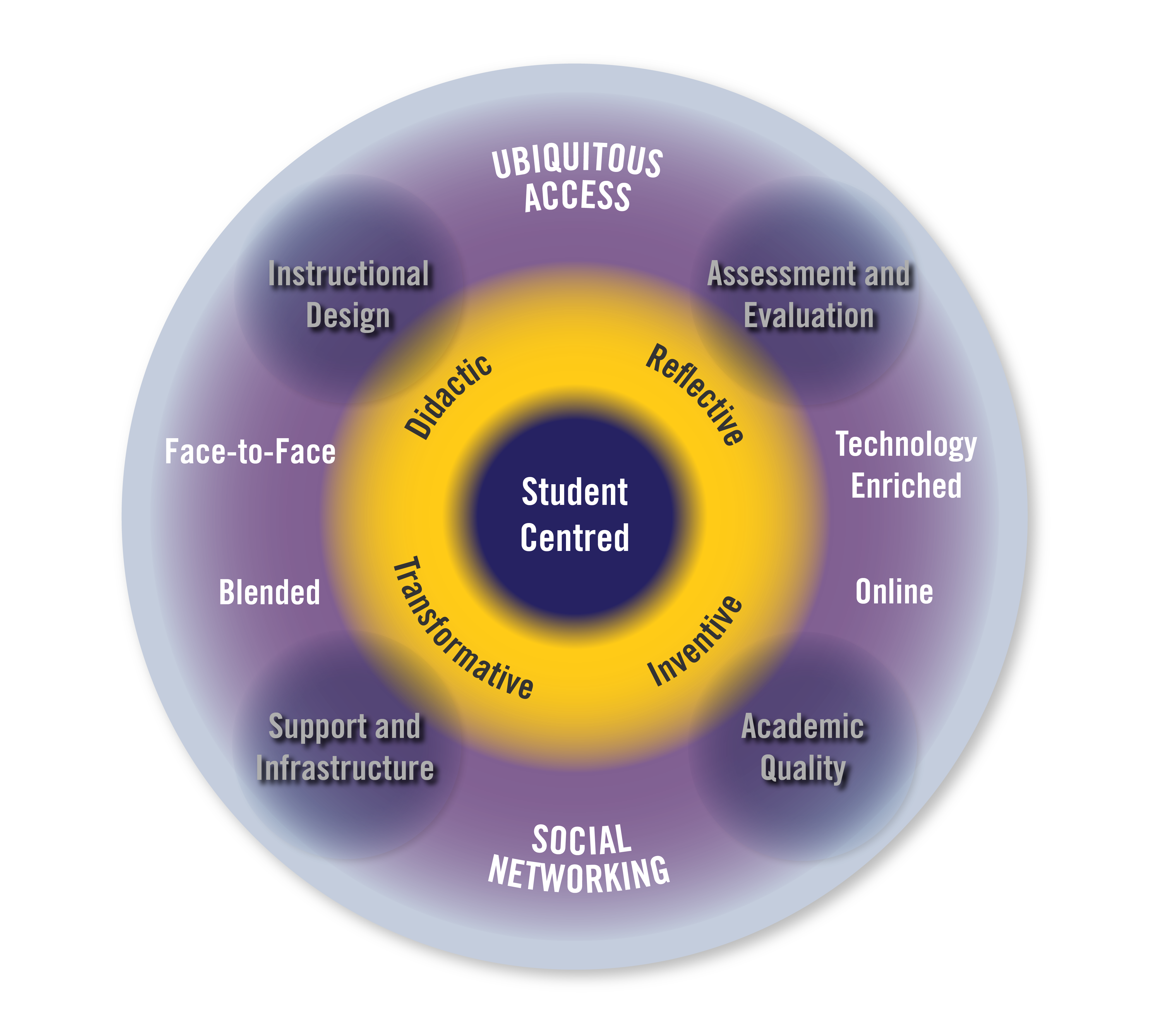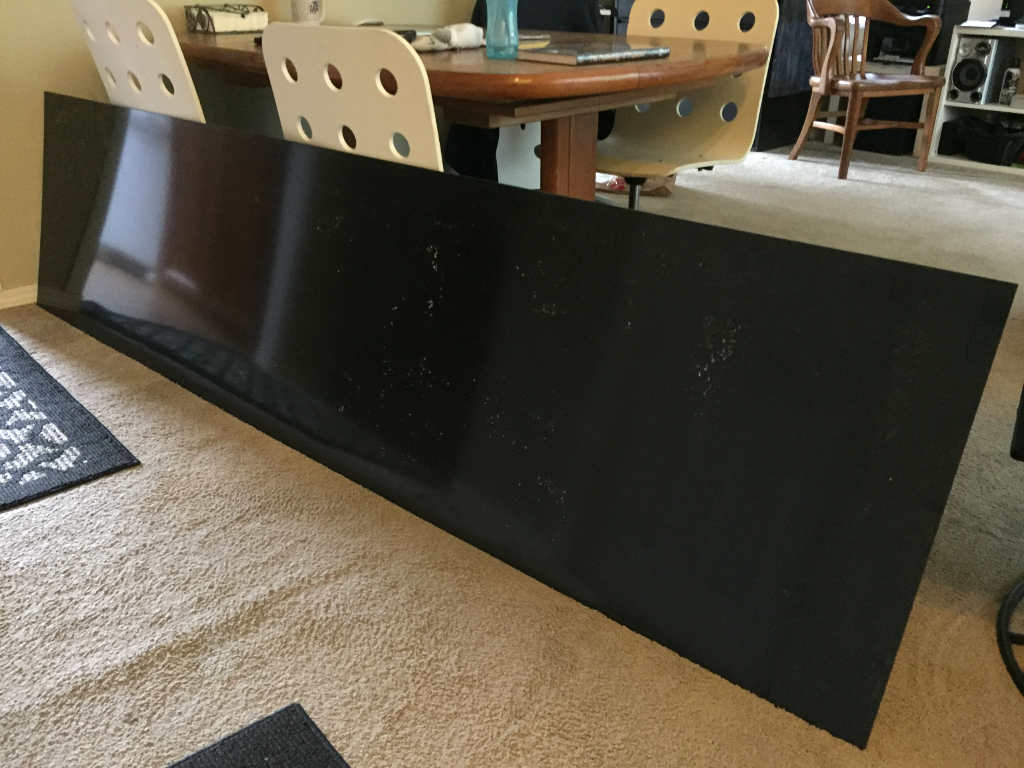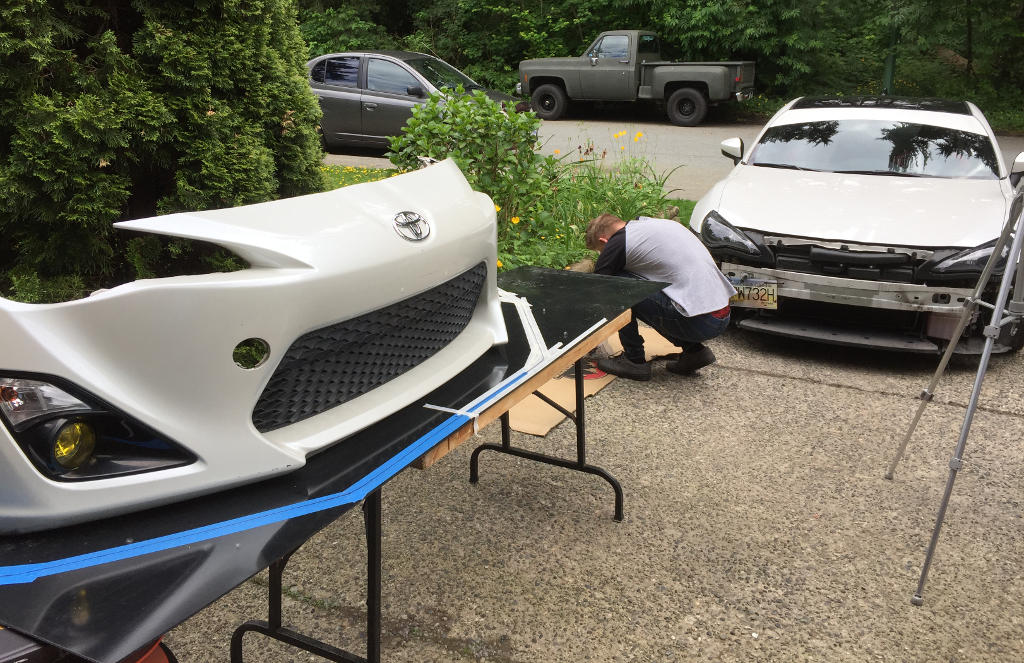A Comparison of the CSLE and the Traditional Teacher Centered Approach
| Components | CSLE | Traditional Approach |
| Student’s role | The learner’s needs are the starting point. The learner is not only an active participant in the learning process; they are required to take control and ownership of their learning and work toward making meaningful connections. | Teachers start with the curriculum and determine what content that the student will be required to demonstrate that they have covered. The student’s responsibility is to regurgitate information and show that they are able to replicate assignment examples and processes. |
| Instructor’s role | The instructor functions as a presenter, facilitator, coach, and mentor and iresponsiblety for creating the significant learning environment that promotes learning. They are required to provide the guided discovery, scaffolding, and conceptual framework mapping to facilitate learning. | The teacher is the presenter of curriculum and content. The teacher will also demonstrate required procedures, process and standards and confirm that students can replicate those requirements. The teacher also functions as the gatekeeper of advancement through the use of standardized testing. |
| Social Networking | Humans are social beings and being part of, contributing to, and interacting with community and culture is a central part of the learning process. Social networking is leveraged to promote communication and collaboration | Teachers and schools system restrict students from using social networking in class and some settings require that phones and other connective and collaborative tools are turned off or are even confiscated. |
| Instructional delivery formats | To take advantage of our ubiquitous access and social networking and to respond to the learner’s needs, our learning delivery can be mobile, online, blended, and even when face2face, must be digitally enhanced. | Teachers primarily use the lecture to deliver content. The move toward the flipped classroom is generally a move to putting the lecture online and use the internet for content delivery. The delivery of content is the primary focus of instruction. |
| Instructional Design | Starts with the end in mind and focuses on how a course or program will change learners lives, how it makes them a better member of society, and contribute to solving a particular problem or “real world” need. Rather than be bound to a single theory or approach, learning theories and approaches can be interchanged. The key is that we design an environment that is learner-centered, engaging, motivational, contextual, experiential, and authentic. | Standardized tests, state standards, and district curriculum determine the instructional design. The priority is being able to demonstrate that content has been successfully delivered and that students are able to satisfactory complete standardized tests. Instructional design approaches that promote the decimation and regurgitation of information are used. The results are a teacher centered, passive, demotivating environment that lacks context and connection with the “real world” |
| Assessment & Evaluation | The focus is on feedback, mastery of knowledge, authentic learning, critical analysis and creative thinking which help the learner make meaningful connections | Summative assessments including tests, quizzes, standardized writing, and testing are used to show that the learner is able to replicate information and meet standards |
| Academic quality & standards | Future focus of preparing our learner to learn how to learn and how to adapt to opportunities and challenges that don’t even exist. | State standards, standardized testing, and college entrance requirements are the primary measure of quality and standards. |
| Technology & support | The focus is on using technology to help you do want you want and need to do. Learning technologies are just tools that we use to enhance and empower learning. The best technology empowers creation and ultimately disappears. | Technology is used for management and control of the delivery of content. Successful technology implementation means that the students has the technology and it is generally used to replace or enhance traditional information delivery and retrieval strategies. |
Whether we are purposeful in its design or we just allow the circumstances to dictate its development, educators at all levels are providing some form of a learning environment. Rather than allow the environment to come together on its own and respond reactively to the learning dynamics that arise, we suggest that educators become proactive and create significant learning environments. If we start with a student-centered approach and purposefully assemble all the key components of effective learning into a significant learning environment, we can help our students to learn how to learn and grow into the people we all hope they will become.
The key to the CSLE is that it starts with the learner and focuses on their unique needs by giving the learner choice, ownership, and voice through authentic learning opportunities. The role of the teacher is diverse and spans a minimum of four different responsibilities ranging decreasing degrees of control from presenter to mentor (Priest, 2016). The benefits of the COVA approach are fully realized through the proactive implementation of CSLE. The purposeful and holistic design requirements of the COVA and CSLE approach require that teachers look beyond the temptation to use a mobile device or other technology tools as a quick fix and focus on how the learning environment can be structured and how the learner can use the technology to further the ownership of their learning.
In contrast, the traditional approach is simply an information delivery model of instruction that is best managed with a high degree of teacher control. Since it is relatively simple to determine to what extent the information has been delivered successfully through quizzes and standardized testing, the traditional approach tends to use technology to control and manage the delivery of content. Paper-based worksheets and tests are replaced with digital worksheets and tests which confirm the claim of November’s (2013) one thousand dollar pencil.
References
November, A. (2013). Who owns the learning? Bloomington, IN: Solution Tree Press
Priest, S. (2016). Learning & teaching [Web log post]. Retrieved from http://simonpriest.altervista.org/LT.html#ES
Links to all the CSLE+COVA vs Traditional table comparisons:
CSLE vs Traditional
COVA vs Traditional
CSLE+COVA Mindset vs Traditional
Links to the all the components of the CSLE+COVA framework:
Change in Focus
Why CSLE+COVA
CSLE
COVA
CSLE+COVA vs Traditional
Digital Learning & Leading
Research





































